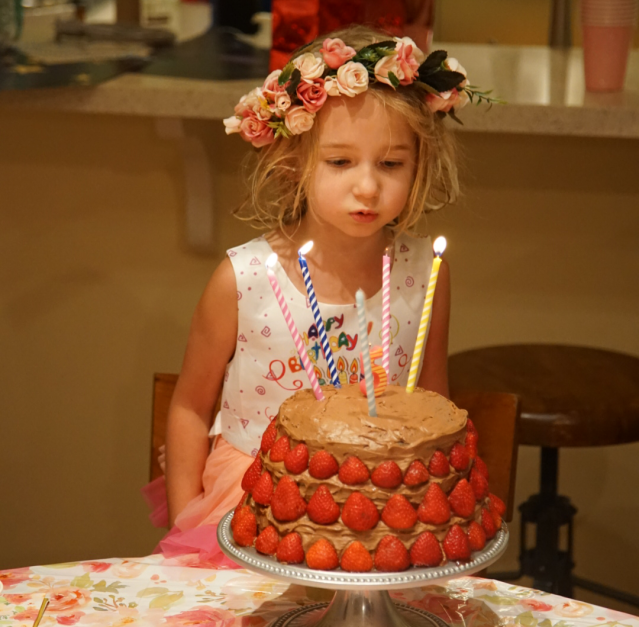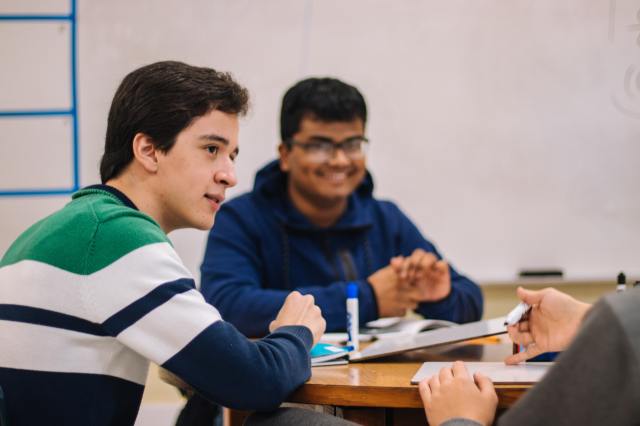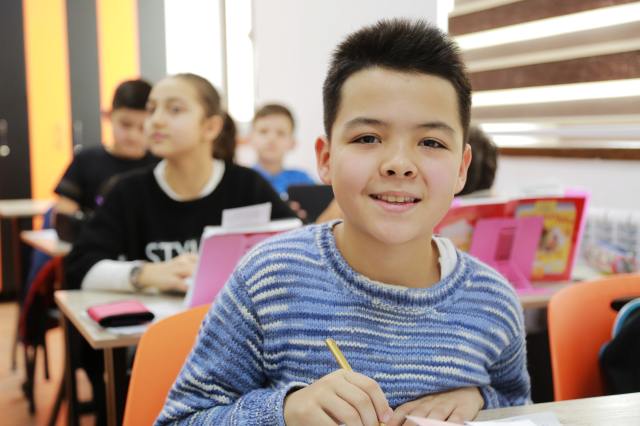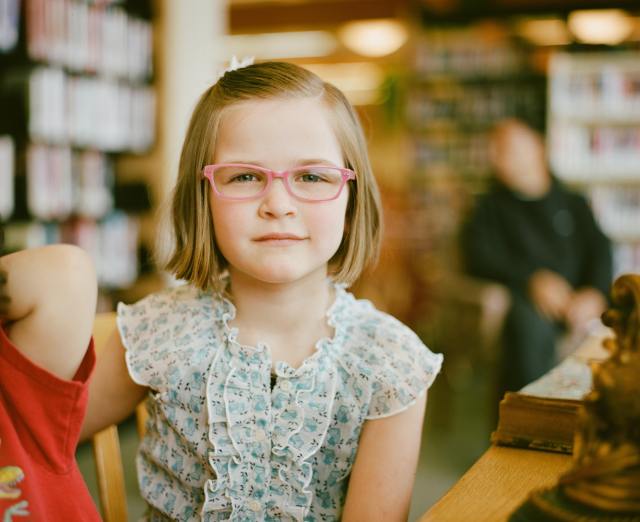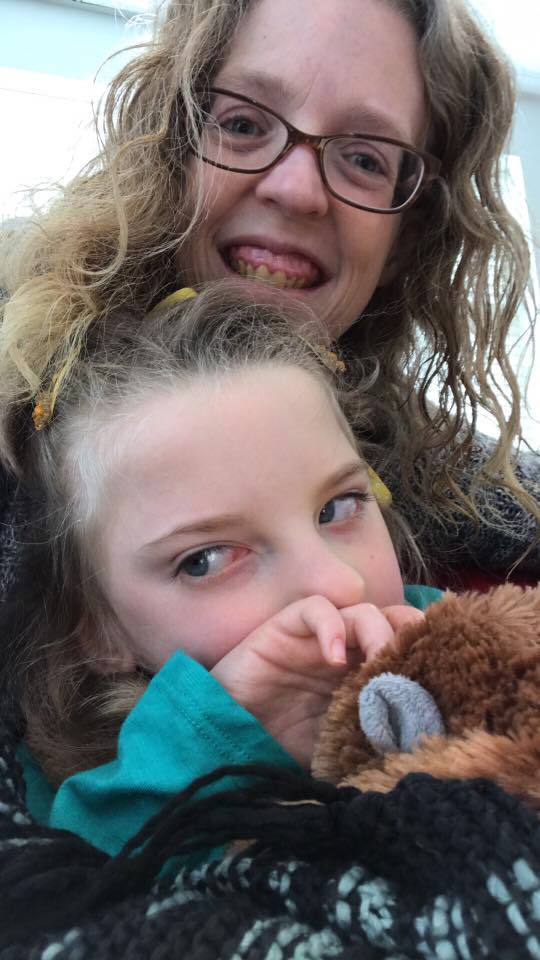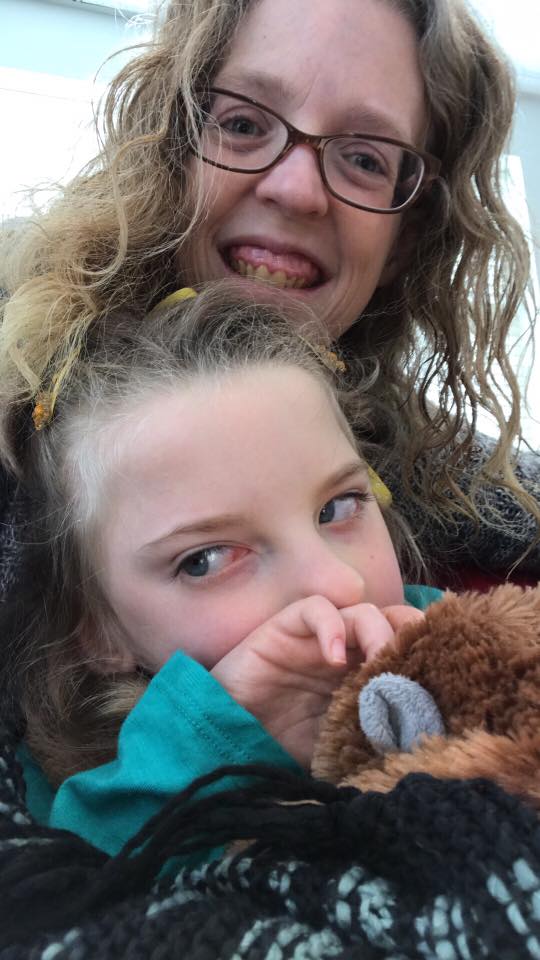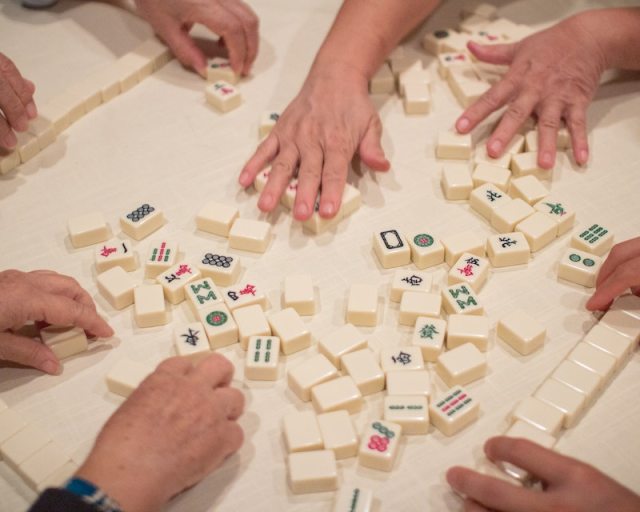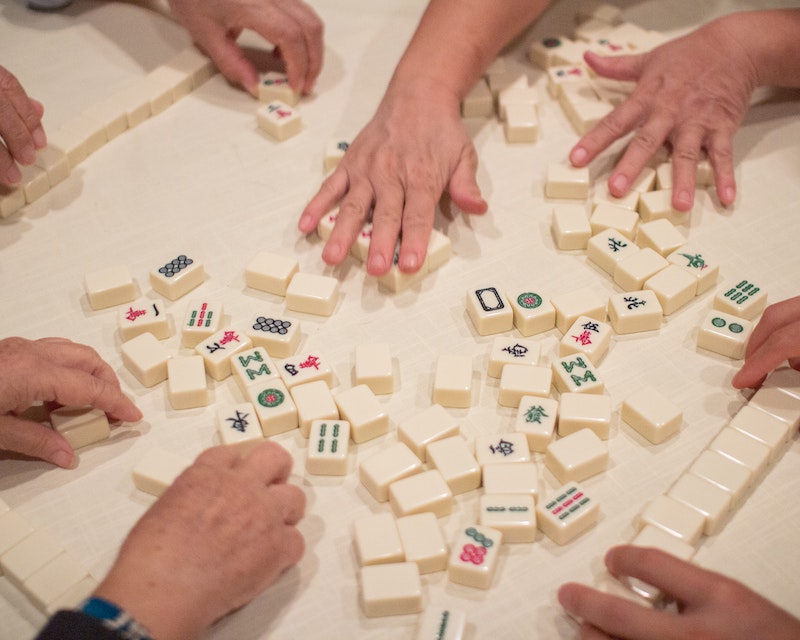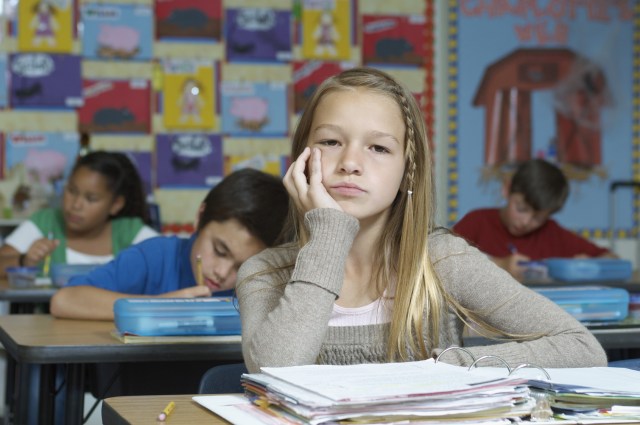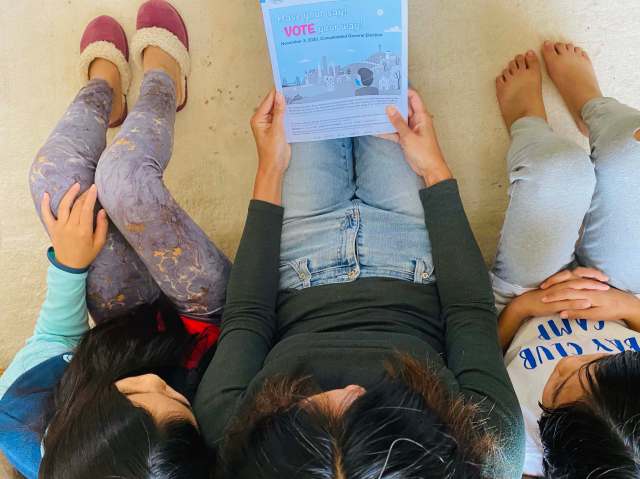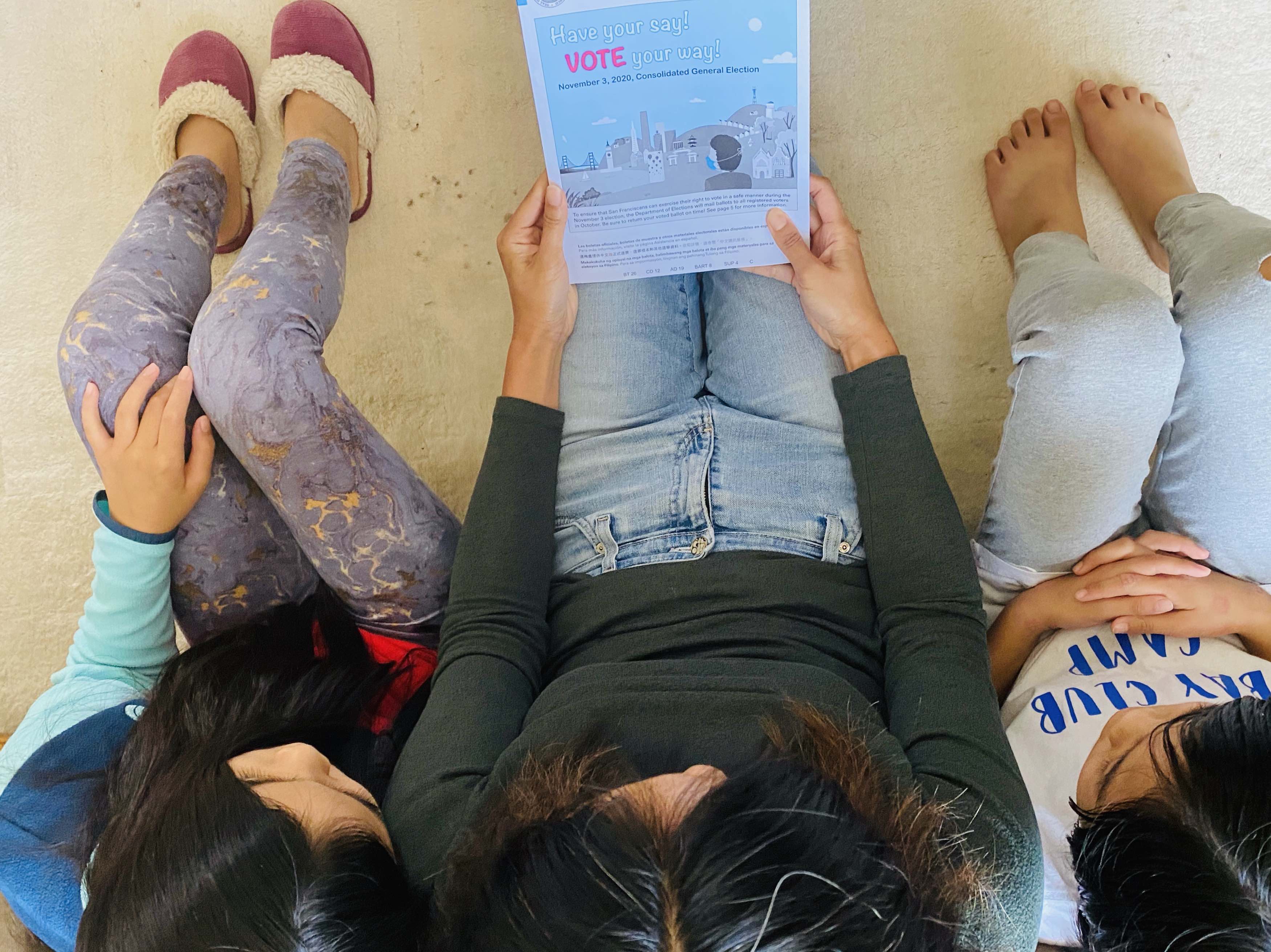Education message written with wooden blocks on the top of a book, blue sky with clouds, symbol, concept
When any system grows too big, it begins to break down. This is evidenced all around us. The education system, various systems of religion, the healthcare system, the justice system, the banking system, the insurance system – all are too big to operate efficiently or effectively. Entropy and inertia win.
Let’s take the education system, because it’s the one I know best. I have taught at the college level, worked on magazines for teachers at all levels, and written and edited scripts for training videos intended to help school staff members from grades K through college.
Where to begin? Let’s start with curriculum. There is currently a great debate about what America’s children will learn. The pressure on textbook publishers to deliver something that can be approved by one or more states increases every day. Texas and California, the largest textbook buyers, have an outsized influence on what the rest of the nation’s school children will learn.
One major problem is that no one can agree on what the nation’s children should learn. Any attempt to standardize curriculum is shouted down from various directions. (Can you say “Common Core”?) Should we present a positive history of our country or one that discusses its missteps and flaws? Should we teach the facts of science or “teach the controversy.” (Or both?) Should we teach using whole language or phonics? Should we teach computer programming to everyone or just a few? Should we teach civics at all and if so from what perspective – left, center, middle, all of the above? (When I was in high school I took a course called Comparative Political Isms. Such a course could likely not be taught today in an American high school, but if it were at least citizens would understand the difference between fascism and socialism.)
Various attempts have been made to rectify these problems, but all they seem to lead to are more and more standardized tests. The teachers of necessity teach children what will appear on the test – what answers they should fill into the little bubbles and how to construct a three-paragraph essay.
Other subjects are much harder to test. Reading comprehension is nearly impossible when stories must be so bland that any student anywhere with any background can understand every word of the story. Try writing a story like that (I have) and you’ll end up with nonsense – and not the good, Lewis Carroll kind.
While larger systems are seldom the answer – indeed they are usually the problem – there is a lot to be said for standardized curriculum rather than standardized tests. In order for students to enter higher education and even business on a level playing field, it helps if all the graduates have a grasp of the same basic information. Since every state seems to have its own take on history, health, civics – even math and science – students are coming out of high school with wildly different ideas and significant gaps in their learning. When they get to college there’s no telling whether they will have an understanding of geology or American history or how to spot fallacies in an argument.
If states and local communities want to add to a basic curriculum, by exploring the history of their particular state or community, that’s just fine. Although with the way people move around from job to job these days, it seems a little odd that a child must learn about the history of Ohio when he or she is going to be living in Alaska.
Another worrying aspect of today’s schools is their switch from the agricultural model to the business model. It has for quite a while been evident that the agricultural model is no longer effective for schools. The business model is better in the respect as it allows for year-round schools and longer school days to mimic the environment that students will enter after they leave school.
However, there is more to life than business. Along the way art, music, physical education, and such frivolous amenities have been neglected dropped or ignored. Even recess for elementary students has become a casualty of the work ethic.
Entrepreneurship classes and STEM teaching are all very well, but not all students are going to become business and scientific leaders. The country also needs janitors, fry cooks, receptionists, and convalescent home caregivers who can balance a checkbook, read a newspaper, and understand our system of government. And where will we find the artists, the poets, the musicians, the writers, sculptors, woodworkers, and the craftspeople who provide us unique and spirit-uplifting experiences that can be found in no cubicle farm?
At this point you may well ask whether I have any solutions to offer. I have a few.
Read Jonathan Kozol’s Savage Inequalities. It’s every bit as true today as it was in 1991, when it was written. Then after you’ve read it, work to change the ridiculous system of funding K-12 education. Have a little faith in teachers. English teachers do not assign readings in hopes of changing a child’s religion or traumatizing them with challenging topics. Teachers cannot be expected to give everyone As. They are not the problem. Bad teachers are often the result of a flawed system and good teachers often leave the field, frustrated and disheartened. And they don’t make great money, despite what you may have heard. Remember that athletics, while important, are not the reason schools exist. Getting into a powerhouse college with an exceptional sports record is not the best preparation for life. Even pro athletes need to be able to do something else after their sports careers are over. Spend money on school infrastructure, including computers, up-to-date textbooks, and adequate supplies. No money? See point 1, above. Make sure children are ready to learn. Educational preschool programs and affordable or free breakfasts and lunches will go a long way. No money? See point 1, above.
Our present system of education is too complicated, with every state, county, district, and city having a say about funding, curriculum, expenditures, and more. Simplify governance, establish a basic curriculum, and revamp the funding system and you will still have a large system, but a streamlined one better able to meet the needs of students.
Even if you don’t agree with one – or all – of the above points, please take them as intended: food for thought and debate. After all, thought and debate are important skills, too.
Do you have a story to share with our readers? We want to hear it! Sign up for our Spoke Contributor Network and start submitting your writing today.
Hi! I'm a freelance writer and editor who writes about education, books, cats and other pets, bipolar disorder, and anything else that interests me. I live in Ohio with my husband and a varying number of cats.

